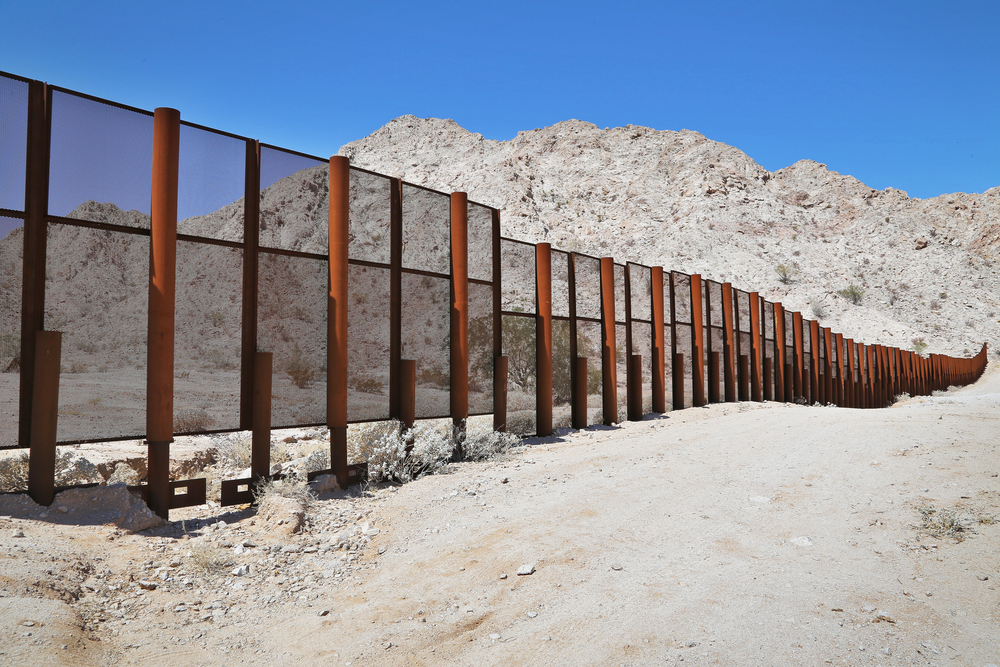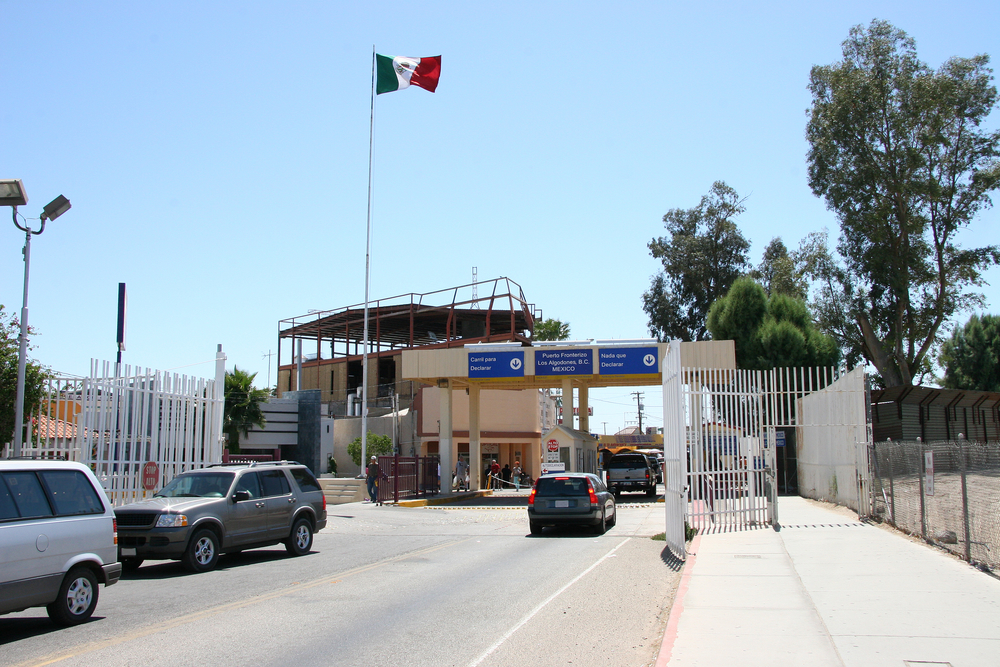This blog site went public the end of April, 2016, with an examination of VoterID laws as a solution without a problem. Since then, I’ve posted 25 additional examples. From time to time, I’ve mentioned the possibility of political partisanship at work. More bluntly, there is evidence in some cases that those pushing a particular “solution” didn’t necessarily believe the “problem” was real. The presumed problem was simply a justification for the “solution” that would bring political advantage to those pushing it. Voter ID laws, for example, have caused millions of eligible voters to be turned away from the polls–and that disenfranchisement has favored the Republican Party, which has been the sole proponent of such laws. And we’ve seen public pronouncements from Republican officials bragging that the passage of VoterID laws would bring them victory at the polls. It takes an open mind the size of the Grand Canyon to think they really believed there was a problem of impersonation at the polls.
In the case of the long string of Congressional hearings on Benghazi, once again, Republicans bragged they had achieved their purpose of bringing down Hillary Clinton’s popularity. Given the far worse record of attacks on foreign service facilities in previous administrations, it strains credulity to imagine the investigators truly believed there had been any punishable wrong-doing by Secretary Clinton. However, Benghazi eventually morphed into her email server, just as Whitewater morphed into Monica Lewinsky a couple of decades earlier.
As I have analyzed and presented the 26 soluprobs™ thus far, I have made a conscious effort to avoid the assumption of cynical motives by those pushing for solutions to bogus problems. This is not to say that media campaigns can’t convince a substantial portion of the American public that the “problem” is real, but I’ve grown less trusting in the honesty of the sponsors of the “solutions.”
At the same time, I want to acknowledge that most of the recent soluprobs™ have been perpetuated by members of the Republican Party. At first, I worried that I might be biased by my own, generally progressive, political orientations, and I strained to find examples that could be laid at the Democratic door. LBJ requested the Gulf of Tonkin Resolution, but with broad, bipartisan support. James Madison was a member of the Democratic-Republican Party when he started the War of 1812, but it’s a stretch to blame either contemporary party for that boner. A number of the examples–dealing with abortion, drugs, gays, for example–have been dealt with as problems by members of both parties, but the Republican Party has maintained the resistance as Democrats have tended to move on.
So I pose this question to you: are solutions without problems an exclusively Republican strategy? Put somewhat differently, are there examples of Democrats committing this offense that I have overlooked. Please know these are not rhetorical questions. I would appreciate your thoughts on this matter, either in the Comment section below or in an email to me.
I think this is a serious question as we approach January 20th and the prospect of a Republican-controlled Congress, a Republican-dominated Supreme Court, and an arguably Republican President. Can we expect a flood of solutions without problems?




 costs of the Trump Wall. Costs of maintaining and protecting the wall are unknown. Donald Trump has also claimed that Mexico is going to pay for the wall, in which the Mexican president has replied that they will not. In result, payment of such a wall is unknown and is essentially left up in the air to figure out after Trump is inaugurated. (The Data Team 2016)
costs of the Trump Wall. Costs of maintaining and protecting the wall are unknown. Donald Trump has also claimed that Mexico is going to pay for the wall, in which the Mexican president has replied that they will not. In result, payment of such a wall is unknown and is essentially left up in the air to figure out after Trump is inaugurated. (The Data Team 2016)